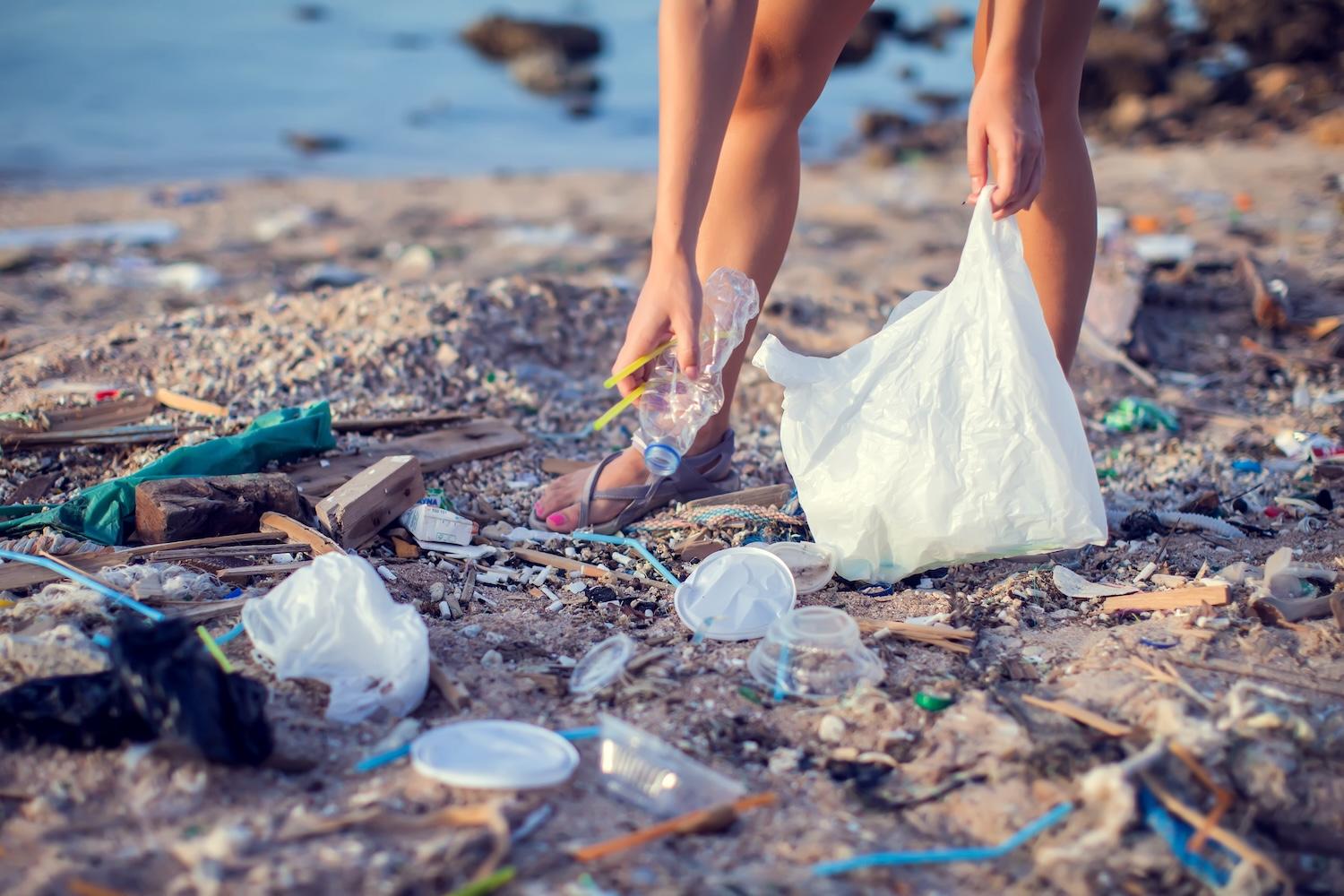
(Image: Aleksej/Adobe Stock)
The international committee tasked with creating a treaty to address global plastic pollution met for what was supposed to be a final time last week, but the negotiators failed to come to an agreement when the summit concluded on Sunday.
Backed by the United Nations Environment Program (UNEP), the goal to create a legally binding treaty to reduce plastic pollution from design through disposal has been in the works since 2022. Experts went into last week's meetings with mixed expectations about whether the result would be impactful. But not finalizing a treaty at all was an unexpected outcome.
The committee plans to resume negotiations next year, saying they need more time to attend to opposing views before finalizing a framework. Those differing opinions centered around whether to cap the global production of plastics. Though countless countries, scientists, businesses and environmental groups say the treaty must focus on reducing plastic production — and almost 100 countries signed a statement saying they would not accept a treaty without legally binding phaseouts of plastic products and chemicals of concern — the current decision-making process essentially allows a single country to veto a proposal they don't like, even if almost everyone else supports it.
That allowed a small number of mostly oil-producing countries to reject production limits, asking instead to focus on things like improving recycling and trash collection. Most other delegates vocally disagree, saying that approach is simply not enough as plastic production continues to increase around the world.
Even with a global treaty stalled for another year, individual countries and localities are moving to limit plastic waste and pollution within their own borders, with a host of new plastics laws set to go into force in the coming months. Here's a preview of what's to come in 2025.
Plastic taxation is coming to Germany
In 2021, the European Union imposed a levy on member states based on the volume of plastic packaging waste they generate that is not recycled. The bloc also moved to ban disposable items such as plastic cutlery, plates, straws and stirrers.
In the years since, a number of European countries began to implement their own versions of plastic waste reduction legislation, including extended producer responsibility (EPR) schemes that require plastic producers to cover the costs of recycling and country-level plastic taxes that offset the country's levy payments to the EU.
Countries including Portugal and the Netherlands, as well as the United Kingdom, have implemented their own taxes on some forms of plastic. Germany is the next up, with a levy on certain single-use plastics set to be imposed at the start of next year. The levy was heavily opposed by the plastics industry and was already delayed by one year. When it comes into force, it will apply to plastics that are used often for convenience but difficult to recycle, such as food containers and grocery bags.
Japan moves to limit PFAS in food packaging
Japan is among the countries aiming to regulate the materials used in food packaging and serve-ware, specifically targeting the class of chemicals known as PFAS (per- and polyfluoroalkyl substances), due to growing concerns about the risks they pose to human health and the environment. Beginning next spring, only materials that appear on the Ministry of Health, Labor, and Welfare's "positive list" can be used when manufacturing food containers, utensils and packaging in the country.
Along with limiting the public's exposure to PFAS, the "positive list" also targets materials that are easier to recycle as Japan looks to ensure all plastics made in the country are recyclable by the end of next year.
Australia stretches toward lofty 2025 targets
Australia first issued its 2025 National Packaging Targets back in 2018. The targets aim to ensure all packaging produced and sold in the country is reusable, recyclable or compostable, achieve a 70 percent recycling and composting rate for packaging, and push manufacturers to use at least 50 percent recycled content in the packaging they produce. The targets also seek to phase out "problematic and unnecessary" single-use packaging such as plastic cutlery, straws and stirrers.
The government's most recent data, which covers 2021 and 2022, indicates the country is pacing strongly toward the targets but still has some ground to cover. Packaging produced and sold in Australia contained an average 30 percent recycled content over the 2021-2022 period, and about 84 percent was reusable, recyclable or compostable. The country also reduced its use of problematic plastics by over 30 percent compared to five years earlier. But even as packaging recyclability improves, recovery rates remain low, with only about 20 percent of packaging being recycled or composted in 2022.
While the Australian government admits "it is unlikely" the targets will be met by the deadline, in September it proposed a massive overhaul to its plastic regulations with the aim of increasing recovery and recycling rates. The proposed reforms include mandating that all packaging imported into Australia be designed for recyclability, banning materials such as PFAS in packaging, and setting up an EPR scheme to compel plastic producers to cover the cost of greater recovery and recycling.
India's EPR scheme marches on
India was one of the first countries to launch an EPR scheme for plastics back in 2011, with a phased approach that requires manufacturers, importers and consumer brands to document the plastic they sell and begin taking steps to collect and recycle it. The latest round of requirements went into effect in April of this year, and beginning in April 2025, manufacturers will be required to use at least 30 percent recycled content in plastic products, along with meeting targets around ensuring a certain percentage of the plastic they produce is ultimately recycled.
U.S. states take up the mantle to limit plastic waste
Regardless of what happens with the U.S. federal government, a growing number of state legislatures are taking steps to limit plastic waste and pollution on their own. Five U.S. states — California, Colorado, Maine, Minnesota and Oregon — already have EPR laws on the books for packaging. In Maine, the first U.S. state to pass an EPR law, plastic manufacturers and brands will start to report data about the plastics they use to the state next year, and the first payments will come through in 2026.
California, Colorado, Oregon and Minnesota will also require producers to register with the state or start reporting data in 2025. EPR is also on the legislative docket in a number of states in the coming months, including Michigan, New York, New Jersey, Tennessee and Washington. States have also moved to ban specific types of plastic packaging that are difficult to recycle, including a ban on tiny shampoo and soap bottles at Illinois hotels coming into force next summer.
TriplePundit assistant editor Taylor Haelterman contributed to this report.

Mary has reported on sustainability and social impact for over a decade and now serves as executive editor of TriplePundit. She is also the general manager of TriplePundit's Brand Studio, which has worked with dozens of organizations on sustainability storytelling, and VP of content for TriplePundit's parent company 3BL.













